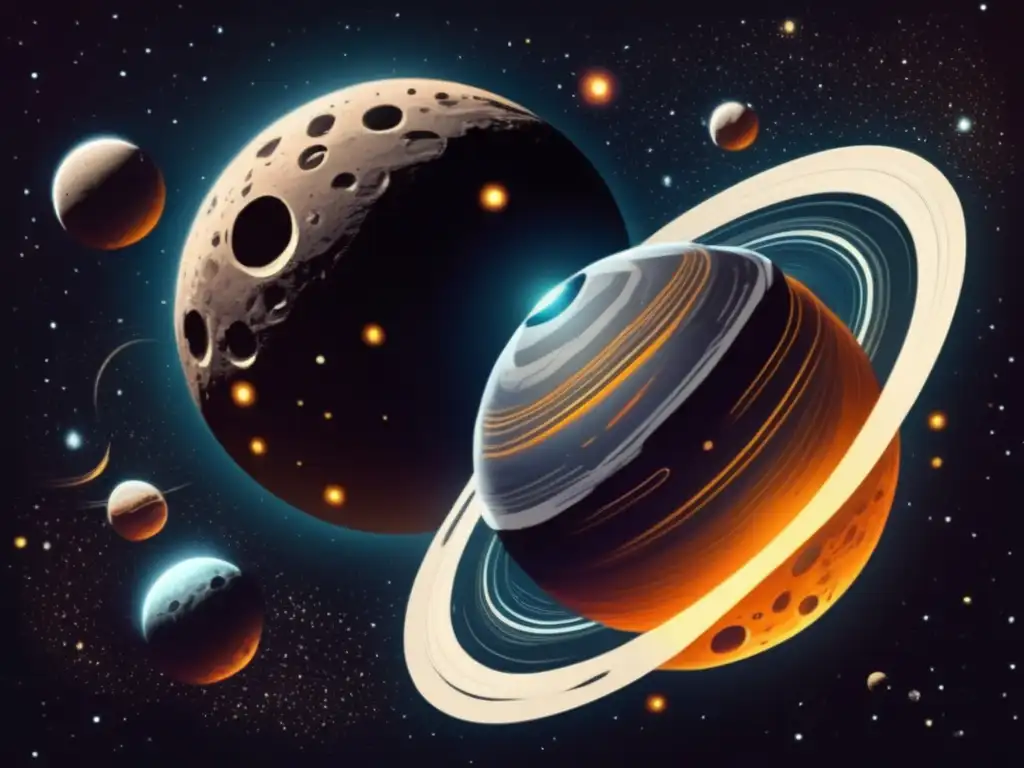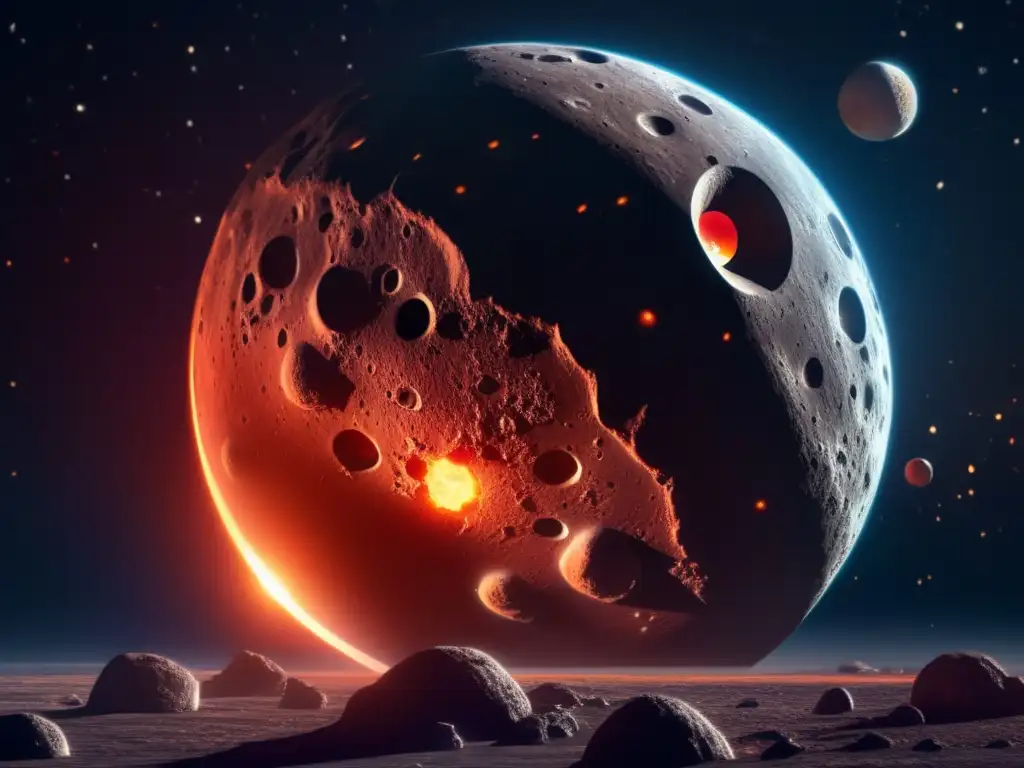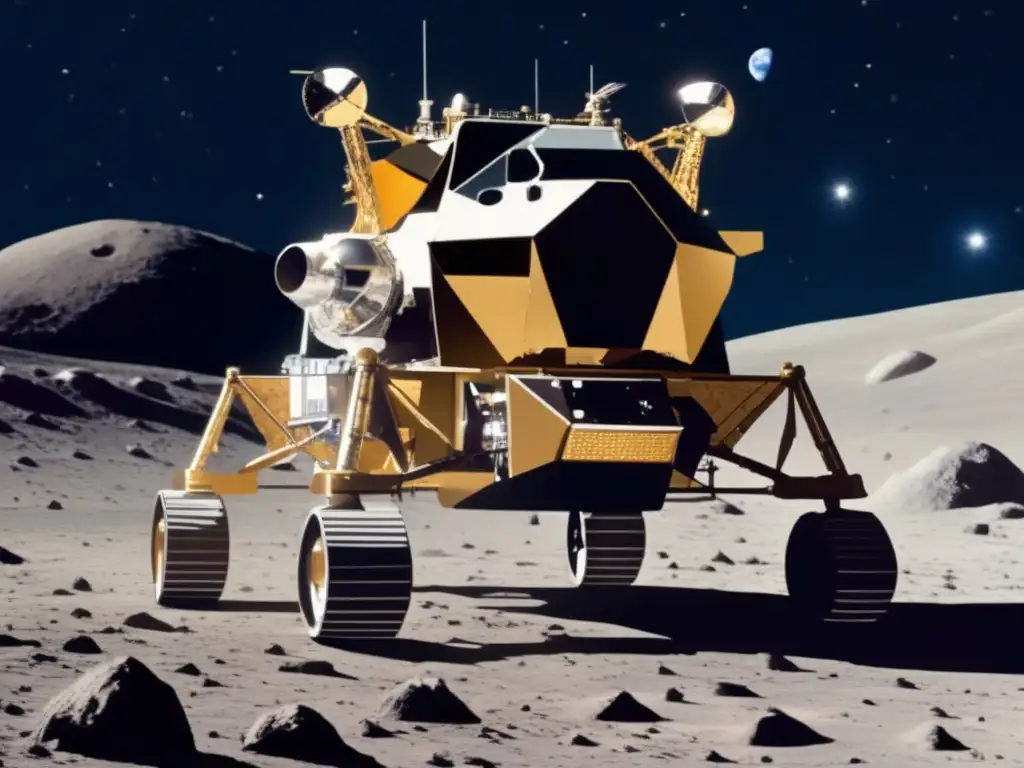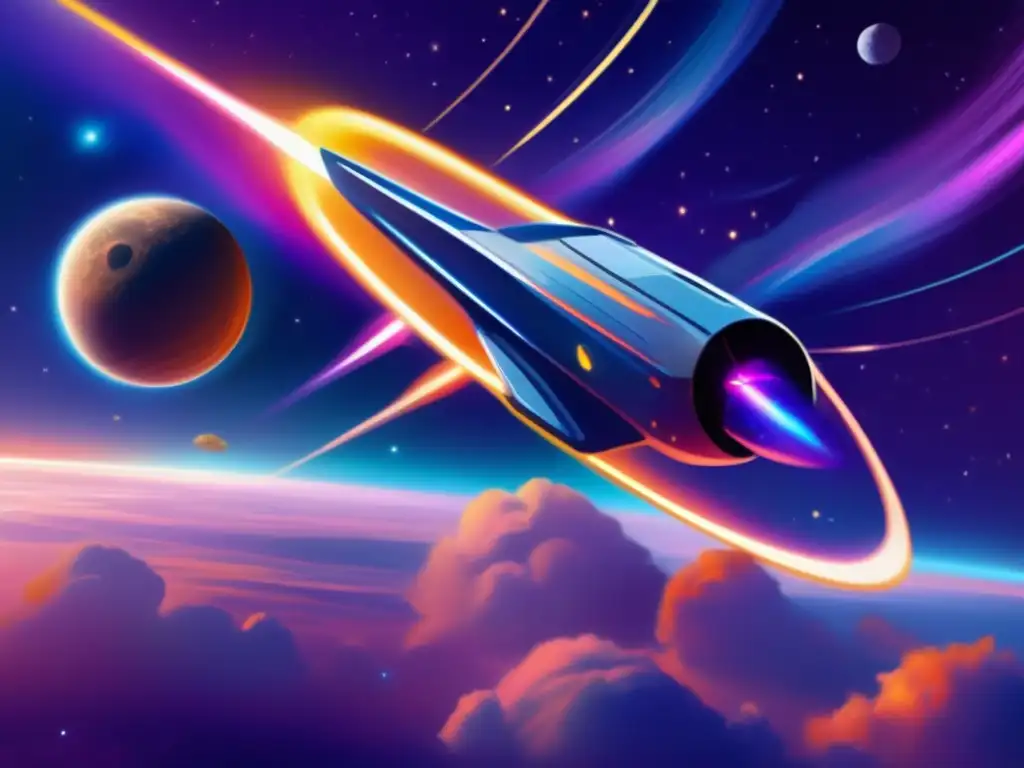Hektor: The Trojan Asteroid With A Moon – An Analysis

Introduction
Named after the Trojan prince in Greek mythology, Hektor is one of the largest asteroids in our solar system. It is located in the leading Lagrangian point of Jupiter and orbits the sun between Mars and Jupiter. One of the unique features of Hektor is that it has a moon, making it one of the few binary asteroids known. In this article, we will dive deep into the fascinating world of Hektor and explore its composition, origin, and significance.
Composition and Origin

Physical Characteristics
Hektor is an elongated, irregularly-shaped asteroid with a diameter of about 354 kilometers. It rotates slowly, taking around 6.92 days to complete a full rotation. It has a low density of about 1.37 g/cm³, which suggests that it is a loosely packed rubble pile. Hektor's surface is covered in craters, likely the result of impacts from other objects in the asteroid belt.
Composition
Based on its spectral characteristics, Hektor is believed to be a C-type (carbonaceous) asteroid. This means that it contains a significant amount of carbon-based materials, including water, organic compounds, and minerals such as olivine and pyroxene. These materials are believed to have been present during the formation of the solar system and may offer clues about the processes involved in the formation of planets and other celestial bodies.
Origin and Evolution
Hektor is classified as a Trojan asteroid since it orbits the sun in the same path as Jupiter, remaining in its leading Lagrangian point. Trojans are believed to have formed in the early solar system and are remnants of the planet formation process. Hektor's location in the asteroid belt and its low density suggest that it could be a captured Trojan asteroid that was later expelled from its original orbit and became part of the asteroid belt.
Hektor's Moon

Discovery and Characteristics
Hektor's moon was discovered in 2006 by astronomers using the Keck II telescope in Hawaii. The moon, named Skamandrios after another Trojan prince, is much smaller than Hektor, with a diameter estimated to be around 12 kilometers. Skamandrios orbits Hektor at a distance of about 1,000 kilometers and takes around 119 hours to complete a full orbit.
Formation
The origin of binary asteroids like Hektor and Skamandrios is still not fully understood. However, it is believed that they may have formed through a combination of three possible processes: fission, reshaping, or collision and re-accretion. It is possible that Skamandrios was once an independent asteroid that was captured by Hektor's gravity, or that they both formed together from the same parent body.
Significance
The discovery of Skamandrios and Hektor's status as a binary asteroid provides valuable insight into the formation and evolution of our solar system. Binary asteroids are believed to be relatively common, making up around 15% of all asteroids in the main belt.
Hektor and the Future of Asteroid Exploration

Potential for Mining and Resource Extraction
The materials present on asteroids like Hektor are of great interest to space agencies and companies exploring the potential for asteroid mining and resource extraction. As a C-type asteroid, Hektor is believed to contain water and organic materials that could be used as resources in space exploration and settlement.
Potential Threat to Earth
While Hektor's orbit does not currently pose a threat to Earth, it is part of the asteroid belt, which is known to contain many objects that could potentially collide with our planet. Hektor's low density and loosely packed composition mean that any impact with Earth would likely result in an airburst rather than a crater-forming impact.
Exploration and Mission Possibilities
Hektor has not yet been visited by any spacecraft, but there is potential for future exploration and missions to this fascinating asteroid. NASA's upcoming Lucy mission will explore the Trojan asteroids, including Hektor, in the 2030s, providing new insights into these enigmatic objects.
Frequently Asked Questions

-
What is the significance of Hektor?
Hektor provides valuable insight into the formation and evolution of our solar system, as well as the potential for asteroid mining and resource extraction.
-
What is Hektor's composition?
Hektor is believed to be a carbonaceous (C-type) asteroid, containing water, organic materials, and minerals such as olivine and pyroxene.
-
What is a Trojan asteroid?
A Trojan asteroid is an object that orbits the sun in the same path as a larger planet, remaining in one of its Lagrangian points. They are named after the Trojan War in Greek mythology.
-
How was Hektor's moon discovered?
Hektor's moon, Skamandrios, was discovered in 2006 by astronomers using the Keck II telescope in Hawaii.
-
What is the potential threat of Hektor to Earth?
Hektor's orbit does not currently pose a threat to Earth, but it is part of the asteroid belt, which contains many objects that could potentially collide with our planet.
Conclusion
The discovery of Hektor and its moon Skamandrios provides valuable insights into the formation and evolution of our solar system. As we continue to explore the asteroids and other celestial bodies within our reach, we gain a deeper understanding of the universe and our place within it. We encourage readers to share their thoughts in the comments section and to actively participate in the exploration and study of asteroids like Hektor.
Additional Resources

For those interested in delving deeper into the topic of asteroids and space exploration, we recommend the following resources:
- NASA Asteroid Watch: https://www.nasa.gov/planetarydefense/asteroid-watch
- The Planetary Society: https://www.planetary.org/
- The Minor Planet Center: https://minorplanetcenter.net/
 A Comprehensive Study Of 4179 Toutatis And Its Near-Earth Encounters
A Comprehensive Study Of 4179 Toutatis And Its Near-Earth Encounters Understanding Gaspra: The First Asteroid To Be Imaged Up Close
Understanding Gaspra: The First Asteroid To Be Imaged Up Close Mathilde: A Dark Asteroid Explored By NEAR Shoemaker
Mathilde: A Dark Asteroid Explored By NEAR ShoemakerIf you want to discover more articles similar to Hektor: The Trojan Asteroid With A Moon – An Analysis, you can visit the Asteroid Profiles category.
Leave a Reply

Articulos relacionados: